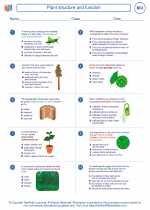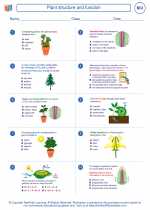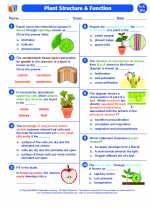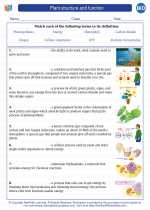Aerosol
An aerosol is a suspension of fine solid particles or liquid droplets in a gas. This can occur naturally, such as with sea spray or volcanic ash, or can be anthropogenic, such as with the release of pollutants from industrial processes or the use of aerosol spray cans.
Types of Aerosols
There are two main types of aerosols:
- Primary Aerosols: These are aerosols that are directly emitted into the atmosphere, such as smoke from wildfires or dust from construction sites.
- Secondary Aerosols: These are aerosols that form in the atmosphere through chemical reactions, such as the formation of sulfate aerosols from sulfur dioxide emissions.
Effects of Aerosols
Aerosols can have significant impacts on the environment and human health. Some of these effects include:
- Climate Change: Certain aerosols can act as either cooling or warming agents in the atmosphere, depending on their composition. For example, sulfate aerosols can contribute to cooling by reflecting sunlight.
- Air Quality: Inhalation of certain aerosols, such as particulate matter from vehicle emissions, can lead to respiratory problems and other health issues.
- Cloud Formation: Aerosols can serve as cloud condensation nuclei, influencing the formation and properties of clouds.
Study Guide
If you are studying aerosols, here are some key points to focus on:
- Define what an aerosol is and provide examples of natural and anthropogenic aerosols.
- Explain the difference between primary and secondary aerosols.
- Discuss the environmental and health effects of aerosols, including their role in climate change, air quality, and cloud formation.
- Understand the sources and sources of aerosol emissions and their impact on local and global scales.
Remember to review and understand the chemical and physical properties of aerosols, as well as their interactions with the atmosphere and other environmental systems.
Good luck with your studies!
.◂Biology Worksheets and Study Guides High School. Plant structure and function
Worksheet/Answer key Plant structure and function
Plant structure and function  Worksheet/Answer key
Worksheet/Answer key Plant structure and function
Plant structure and function  Worksheet/Answer key
Worksheet/Answer key Plant structure and function
Plant structure and function  Worksheet/Answer key
Worksheet/Answer key Plant structure and function
Plant structure and function  Vocabulary/Answer key
Vocabulary/Answer key Plant structure and function
Plant structure and function  Vocabulary/Answer key
Vocabulary/Answer key Plant structure and function
Plant structure and function 

 Worksheet/Answer key
Worksheet/Answer key
 Worksheet/Answer key
Worksheet/Answer key
 Worksheet/Answer key
Worksheet/Answer key
 Vocabulary/Answer key
Vocabulary/Answer key
 Vocabulary/Answer key
Vocabulary/Answer key

The resources above cover the following skills:
Concepts of Life Science (SC1, SC2, SC3)
The student demonstrates an understanding of the structure, function, behavior, development, life cycles, and diversity of living organisms by describing the structure-function relationship